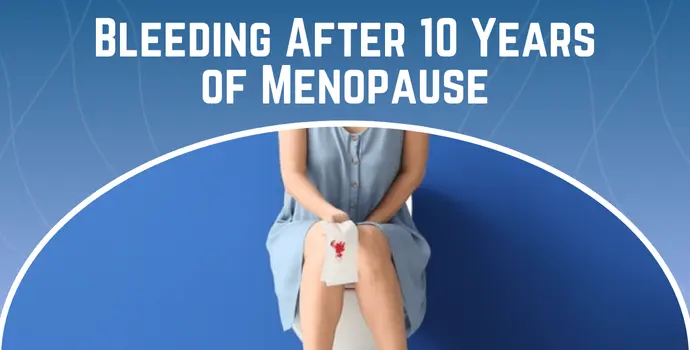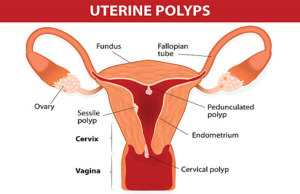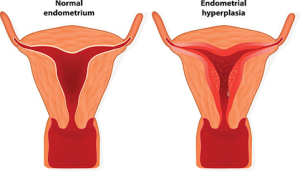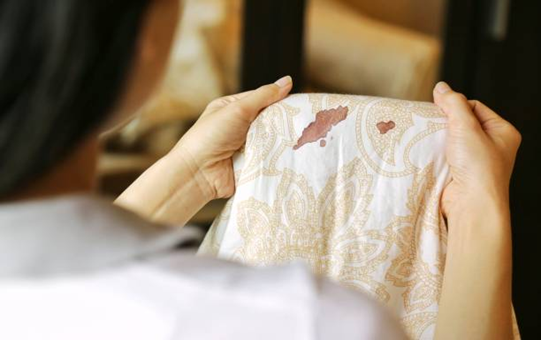 Understanding the potential causes and seeking timely medical advice is crucial. According to Dr. Hrishikesh Pai, “Postmenopausal bleeding should never be ignored. It is essential to get a thorough evaluation to rule out any serious conditions and to get appropriate treatment.”
He is a prominent gynecologist and the best IVF doctor in India. With 35+ years of experience in reproductive health, Dr. Pai offers comprehensive care for women experiencing postmenopausal bleeding. His dedication to patient care and advanced treatments ensures that women receive the highest quality of care.
Understanding the potential causes and seeking timely medical advice is crucial. According to Dr. Hrishikesh Pai, “Postmenopausal bleeding should never be ignored. It is essential to get a thorough evaluation to rule out any serious conditions and to get appropriate treatment.”
He is a prominent gynecologist and the best IVF doctor in India. With 35+ years of experience in reproductive health, Dr. Pai offers comprehensive care for women experiencing postmenopausal bleeding. His dedication to patient care and advanced treatments ensures that women receive the highest quality of care.Is Postmenopausal Bleeding Always Cancer?
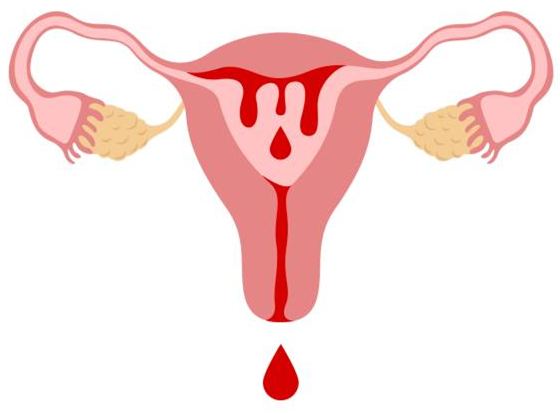
Bleeding after menopause can be frightening, but it is not always a sign of cancer. Many benign conditions can cause postmenopausal bleeding, such as endometrial atrophy or polyps. However, because there is a risk of more severe conditions like endometrial cancer, it is vital to consult a medical expert.
Benign conditions like vaginal atrophy can result from the thinning and drying of the vaginal walls due to decreased oestrogen levels during menopause. Similarly, polyps, which are non-cancerous growths in the uterus or cervix, can cause unexpected bleeding. Nonetheless, it is crucial to undergo diagnostic tests to ensure there is no underlying malignancy.
Timely evaluation can lead to early detection of severe conditions, significantly improving treatment outcomes. Thus, it is essential for women experiencing postmenopausal bleeding to seek medical advice promptly.
Are you experiencing unexpected bleeding years after menopause? Get evaluated by a professional. Book your consultation today.
What Could Cause Bleeding After 10 Years of Menopause?
Understanding the causes of bleeding after menopause is essential for appropriate diagnosis and treatment. Several factors could cause bleeding after menopause after 10 years, including:
- Hormonal Imbalances: Changes in hormone levels can cause the endometrium to thicken, leading to unexpected bleeding.
- Uterine Polyps:
These non-cancerous growths can develop on the inner wall of the uterus and cause bleeding.
- Endometrial Atrophy: The thinning of the endometrial lining, which can lead to bleeding.
- Uterine Fibroids: Benign tumors in the uterus that can cause bleeding.
- Endometrial Hyperplasia:
An abnormal thickening of the endometrium, which can sometimes be a precursor to cancer.
- Medication Side Effects: Certain medications, such as hormone replacement therapy, can affect the uterine lining and cause bleeding.
- Infections: Infections of the uterus or cervix can also cause bleeding.
Let’s learn about the risks of ignoring periods after menopause after 10 years.
What Are the Risks of Ignoring Bleeding After 10 Years of Menopause?
Ignoring bleeding after menopause can lead to serious health complications. Here are some risks associated with neglecting this symptom:
- Delayed Diagnosis of Cancer: Ignoring bleeding can delay the diagnosis of endometrial or other gynecological cancers.
- Worsening of Benign Conditions: Conditions like polyps or hyperplasia can worsen without treatment.
- Increased Anxiety and Stress: Not addressing the issue can lead to ongoing anxiety and stress.
- Severe Anemia: Chronic blood loss can lead to anemia.
- Potential Complications: Untreated infections or hormonal imbalances can cause other health problems.
It is imperative to consult a healthcare professional to diagnose the cause of bleeding and initiate appropriate treatment.
Don’t risk your health by ignoring postmenopausal bleeding. Seek expert advice today. Book your consultation now.
Looking for treatment options for postmenopausal bleeding after 10 years? Find out more below!
Treatment Options for Bleeding After 10 Years of Menopause
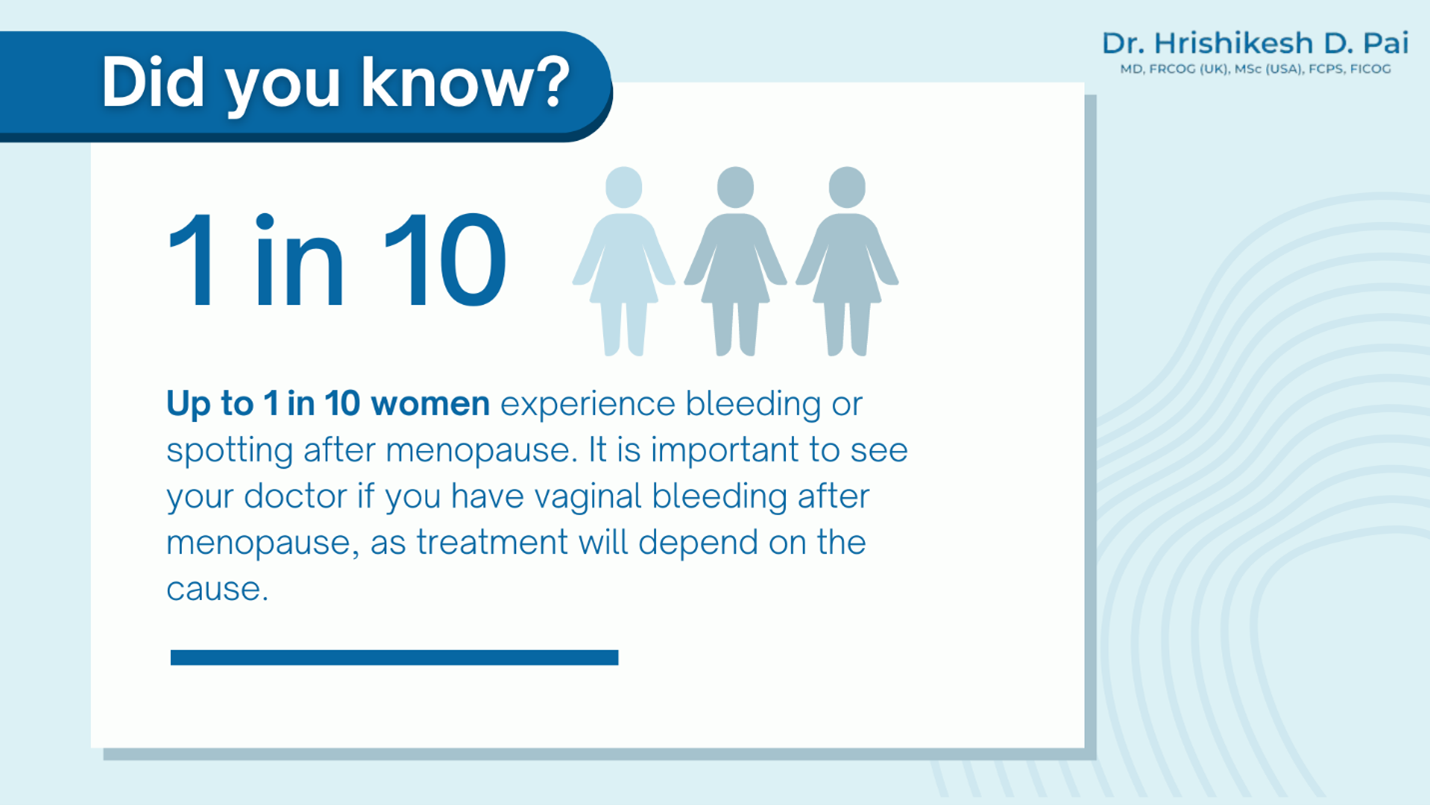
Treatment for postmenopausal bleeding depends on the underlying cause. Here are some common treatment options:
- Hormone Therapy:
Adjusting hormone levels can help regulate bleeding. Experts often recommend this option if hormonal imbalances are identified.
- Medications:
Non-hormonal medications may be prescribed to manage symptoms or treat underlying conditions like infections or thyroid issues.
- Endometrial Ablation:
A procedure that destroys the lining of the uterus to reduce or stop bleeding.
- Uterine Fibroid Embolization:
A procedure to shrink fibroids by cutting off their blood supply.
A minimally invasive procedure used to diagnose and treat causes of bleeding, such as polyps or fibroids, by directly viewing the uterine cavity.
- Dilation and Curettage (D&C):
This procedure involves scraping the uterine lining to remove abnormal tissue. It’s both diagnostic and therapeutic.
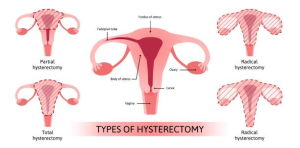
- Lifestyle Changes:
Maintaining a healthy weight, balanced diet, and regular exercise can help manage symptoms and improve overall health.
- Follow-ups:
Regular follow-ups and monitoring help track changes and adjust treatments as needed.
Facing postmenopausal symptoms? Contact a specialist to determine the best treatment plan tailored to your needs. Book your appointment now.
Conclusion
Bleeding after 10 years of menopause is a symptom that should not be ignored. Potential causes range from benign conditions to more severe health issues. So, seeking prompt medical advice is crucial. With guidance from experienced professionals like Dr. Hrishikesh Pai, a prominent gynecologist and IVF doctor in Mumbai, India, individuals can navigate these challenges effectively, ensuring their health and well-being are maintained.
Get personalized and comprehensive care for postmenopausal bleeding. Consult a seasoned specialist today.
Have more questions about postmenopausal bleeding? Check out the FAQs below!
FAQs
Can periods restart 10 years after menopause?
Periods typically don’t restart 10 years after menopause. However, any bleeding after this time should be evaluated by a healthcare specialist.

